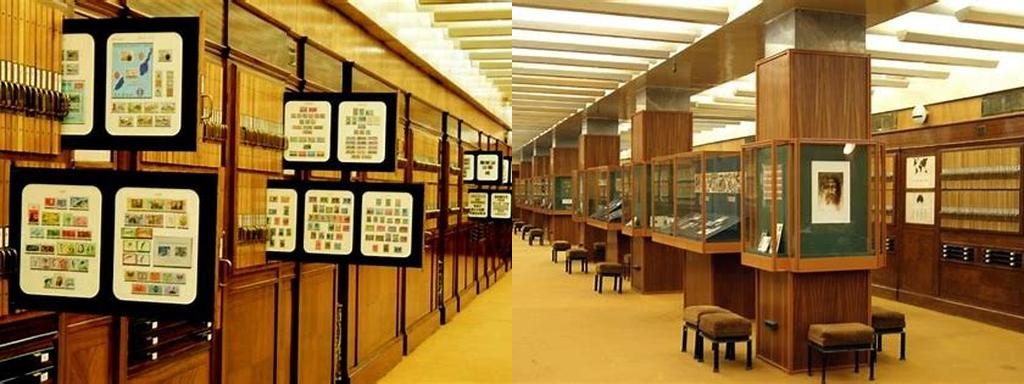
Bélyegmúzeum may not be Budapest’s boldest showstopper at first glance, yet if you are even remotely curious about the world’s stories told in miniature, this is the place to step into. Tucked away on Hársfa utca in District VII, this remarkable institution has been sparking the imaginations of visitors since its opening in 1930. No other collection in Hungary rivals the breadth and depth of what you’ll discover here: row after row of stamps, spanning continents, centuries, and causes, all curated with a mix of academic rigor and real affection for the quirky world of philately.
It’s genuinely striking how stamps—those humble scraps of printed paper—offer a window into the dramas, ambitions, and everyday realities of societies around the globe. At the Bélyegmúzeum, displays are arranged chronologically and thematically, so you might find yourself eavesdropping on the birth of the Hungarian state through its vivid issues depicting Lajos Kossuth and the 1848-49 revolution, or marveling at the inventive designs unleashed during the Socialist era. Special exhibits bring together postal artifacts and evocative memorabilia, giving context to how communications shaped Hungarian identity. Philately fans will be delighted by the chance to glimpse ultra-rare treasures, such as the legendary “first Hungarian postage stamp” from 1871 or the enigmatic “Inverted Madonna” misprint, but the museum’s appeal runs wider than one might expect.
There’s an irresistible charm in blending high politics with everyday life, and few places manage this trick as deftly as Bélyegmúzeum. Some rooms are packed with stamps from every corner of the earth—tiny engraved elephants from Siam, arctic explorers in bulky parkas, a dizzying parade of queens, composers, and inventors—and you may find yourself piecing together obscure histories through these morsels of image and ink. The galleries manage to delight children hunting for their favorite animals, as well as adults who find themselves drawn to the subtle evolution of design or the cameo appearance of their country’s leaders, from Queen Elizabeth II to local legends barely known outside Hungary. There’s a certain contemplative hush here, as visitors lean in to inspect a minute Alpine landscape or decipher an inscription in Cyrillic script.
One of the museum’s highlights is its private stamp vault. Only accessible during pre-arranged tours, this climate-controlled room offers a glimpse into Hungary’s most precious philatelic riches, many of which are unique or exist in only a handful of examples worldwide. What’s more, the Bélyegmúzeum doubles as a place of community, regularly hosting temporary exhibitions and events: you might stumble in on an evening devoted to the life of Ferenc Puskás, as seen through the stamps and memorabilia honoring the footballer across multiple nations, or themed lectures that reveal the stories and secrets behind specific issues.
Perhaps the greatest surprise for the casual visitor is how accessible and unintimidating the space feels; it never drowns newcomers in technical jargon or excludes those without a stamp collection of their own. If you ask questions—the staff are known for their encyclopedic knowledge and enthusiasm, by the way—they’ll happily share anecdotes or point you toward curious oddities tucked in the corners of the exhibitions. There’s no loud celebration here, no flash; instead, there’s a quietly infectious sense of wonder, a reminder that history can be tucked into an envelope and sent around the world, awaiting discovery nearly a century later in a sunlit Budapest gallery.
In a city as packed with grand monuments and sweeping avenues as Budapest, Bélyegmúzeum offers something subtler and, in a way, more universal. To step inside is to join a global club of storytellers, artists, caregivers, and collectors. Whether you’re a lifelong philatelist, a design enthusiast, or simply someone on the lookout for an intriguing hour spent off the beaten track, you’ll find yourself rewarded. It’s proof that the world’s most fascinating tales sometimes come in the smallest packages.





